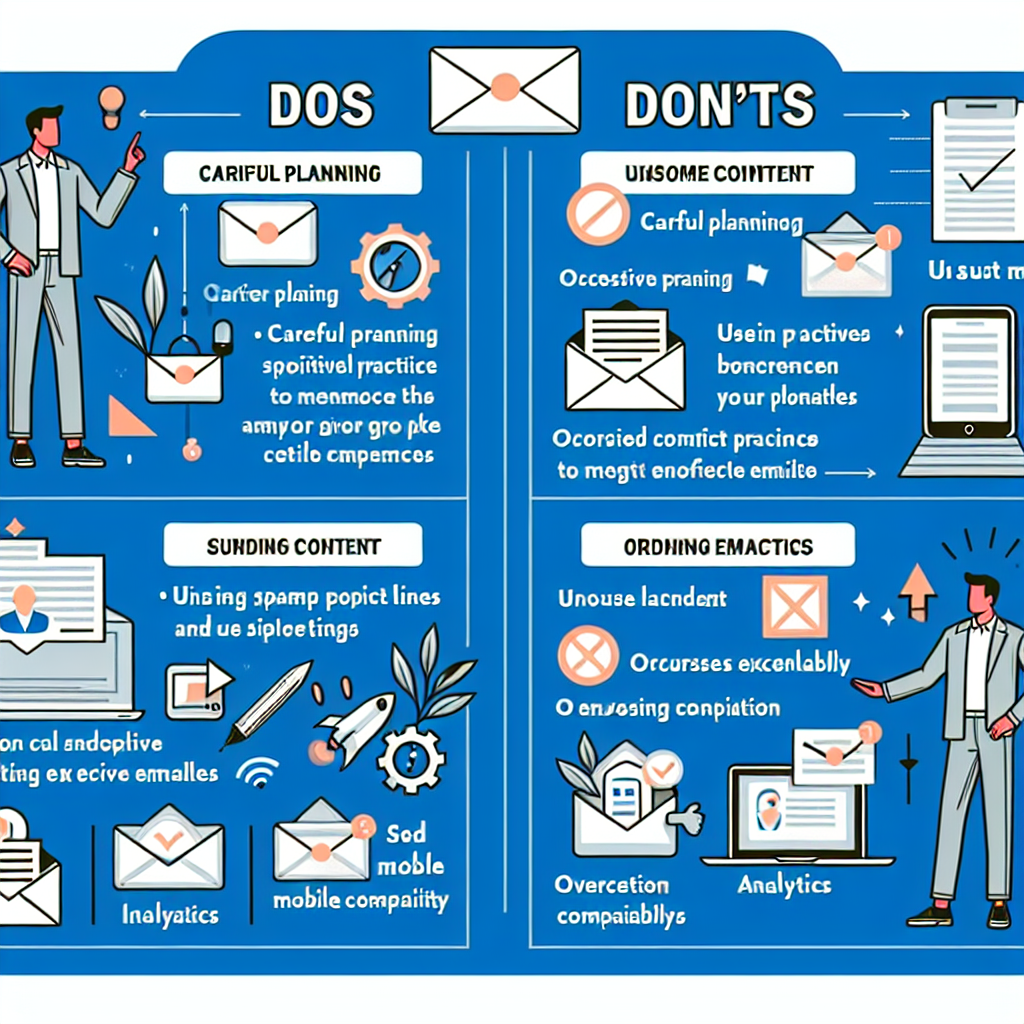Understanding Email Open Rates and How to Improve Them
Email marketing remains one of the most effective channels for reaching your audience. However, a successful email campaign hinges on one key metric: the email open rate. If your emails aren’t being opened, all the effort you put into crafting the perfect message goes to waste. In this blog post, we will delve into what email open rates are, why they matter, and how you can improve them.
What Are Email Open Rates?
Email open rates are a measure of how many recipients opened your email. This metric is typically expressed as a percentage, calculated by dividing the number of unique opens by the number of emails delivered. For example, if you sent 1,000 emails and 200 of them were opened, your open rate would be 20%.
Why Email Open Rates Matter
Open rates are a crucial indicator of the initial engagement your email campaigns receive. A high open rate means that your subject line and sender name are compelling enough to entice recipients to open your email. Conversely, a low open rate may indicate that your email is being ignored or, worse, ending up in the spam folder.
According to a 2021 report by Campaign Monitor, the average email open rate across all industries was 18%. However, open rates can vary significantly based on industry, audience, and the quality of your email list.
Factors Influencing Email Open Rates
Several factors can impact your email open rates. Understanding these can help you craft more engaging and effective email campaigns.
1. Subject Line
Your subject line is the first thing recipients see, and it plays a significant role in their decision to open your email. A compelling subject line should be clear, concise, and relevant to the recipient. According to a study by CoSchedule, subject lines with 6-10 words tend to have the highest open rates.
2. Sender Name
The sender name also affects open rates. Emails from recognizable names or brands are more likely to be opened. Therefore, use a consistent and familiar sender name to build trust with your audience.
3. Timing
The timing of your email can significantly impact its open rate. According to research by Mailchimp, emails sent on Tuesdays and Thursdays tend to have higher open rates. Additionally, early mornings (around 10 AM) and late afternoons (around 4 PM) are generally the best times to send emails.
4. Personalization
Personalized emails tend to perform better. Including the recipient’s name in the subject line or email body can increase open rates. According to Experian, personalized emails deliver 6 times higher transaction rates than non-personalized emails.
How to Improve Your Email Open Rates
Improving your email open rates requires a combination of strategy, creativity, and testing. Here are some actionable tips to help you boost your open rates:
1. Craft Engaging Subject Lines
Your subject line is your first impression. Make it count by keeping it short, specific, and intriguing. Use action verbs, numbers, and questions to pique curiosity. For example, instead of “Monthly Newsletter,” try “5 Tips to Boost Your Productivity This Month.”
2. Use a Consistent Sender Name
Stick to a familiar and trustworthy sender name. Whether it’s your brand name or a recognizable individual from your company, consistency helps build trust and recognition.
3. Optimize Send Times
Analyze your audience’s behavior and test different send times to find the optimal timing for your emails. Use A/B testing to determine which days and times result in the highest open rates.
4. Segment Your Email List
Segmentation allows you to send targeted emails to specific groups within your audience. By tailoring your content to different segments, you can increase relevance and engagement. For example, you can segment by demographics, purchase history, or engagement level.
5. Personalize Your Emails
Use personalization tokens to include the recipient’s name, location, or other relevant information in your emails. Personalized subject lines and content can significantly boost open rates. For instance, “John, Don’t Miss Our Exclusive Sale!” is more engaging than a generic subject line.
6. Clean Your Email List
Regularly clean your email list to remove inactive or invalid email addresses. A smaller, engaged list is more valuable than a large, unengaged one. Use email verification tools to ensure your list is up-to-date and free of errors.
7. Conduct A/B Testing
Experiment with different elements of your emails, such as subject lines, sender names, and send times, to see what resonates best with your audience. A/B testing allows you to make data-driven decisions and continually improve your email campaigns.
8. Analyze and Optimize
Regularly review your email campaign performance and identify areas for improvement. Use analytics tools to track open rates, click-through rates, and other key metrics. Based on your findings, make adjustments to your strategy to optimize results.
Conclusion
Understanding and improving your email open rates is crucial for the success of your email marketing campaigns. By focusing on compelling subject lines, consistent sender names, optimal send times, and personalized content, you can significantly boost your open rates and drive better engagement. Remember, continuous testing and optimization are key to staying ahead in the ever-evolving world of email marketing.
Start implementing these strategies today, and watch your email open rates soar!

